Connectivity & Infrastructure
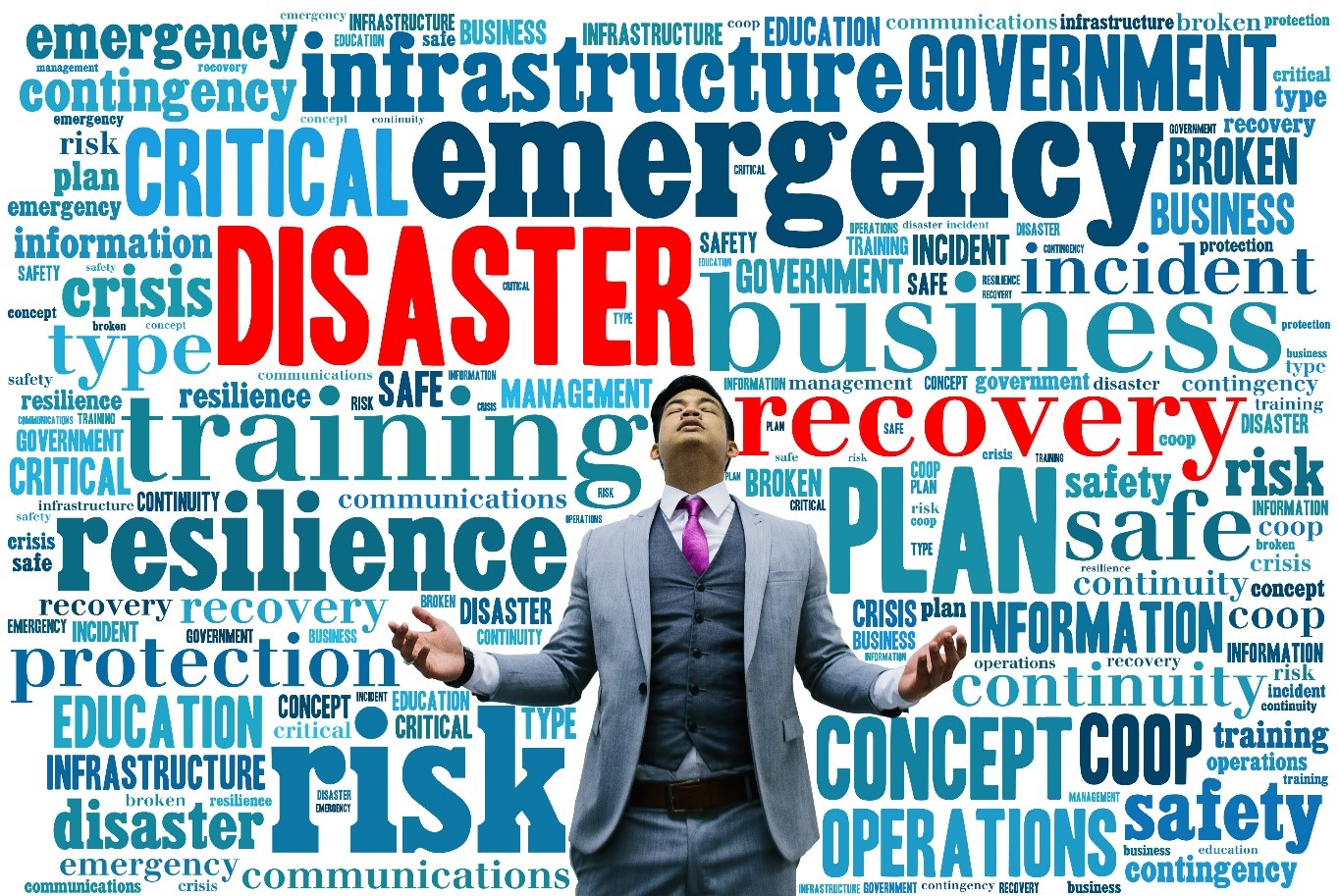
Infrastructure for a Resilient Economy
By Er. Dr. Ang Choon Keat Managing Director Prostruct Consulting Pte Ltd Introduction Manmade and natural disasters can cause serious damages and disruption to infrastructures and businesses. The Oklahoma City Bombing on 19 April 1995 led to the progressive collapse of the Alfred P. Murrah Federal Building (Linenthal, 2020) and subsequent cessation of all operations. […]

Protecting Infrastructure Against Terrorist Attacks
Ang Choon Keat Managing Director Lin Yadong Senior Consultant, Security and Blast Andrew Tan Senior Consultant, Security and Blast Prostruct Consulting Pte Ltd (Member of the Surbana Jurong Group) With the real possibility of terrorist threats, Singapore implemented the Infrastructure Protection Act (IPA) from December 2018, to provide a clear regulatory framework for protection against such threats. […]

Landscape Architecture – Is It a Walk in the Park?
An Interview with: Oliver Ng Boon Lee Director, Landscape Architecture Surbana Jurong Group Apart from the brick and mortar of delivering urbanisation, infrastructure and engineering solutions for our clients, Surbana Jurong’s (SJ) Landscape Architectural team provides the competitive edge with a suite of solutioning services, and explores multi-dimensional areas of ecology, biology, botany, tourism, horticulture, […]
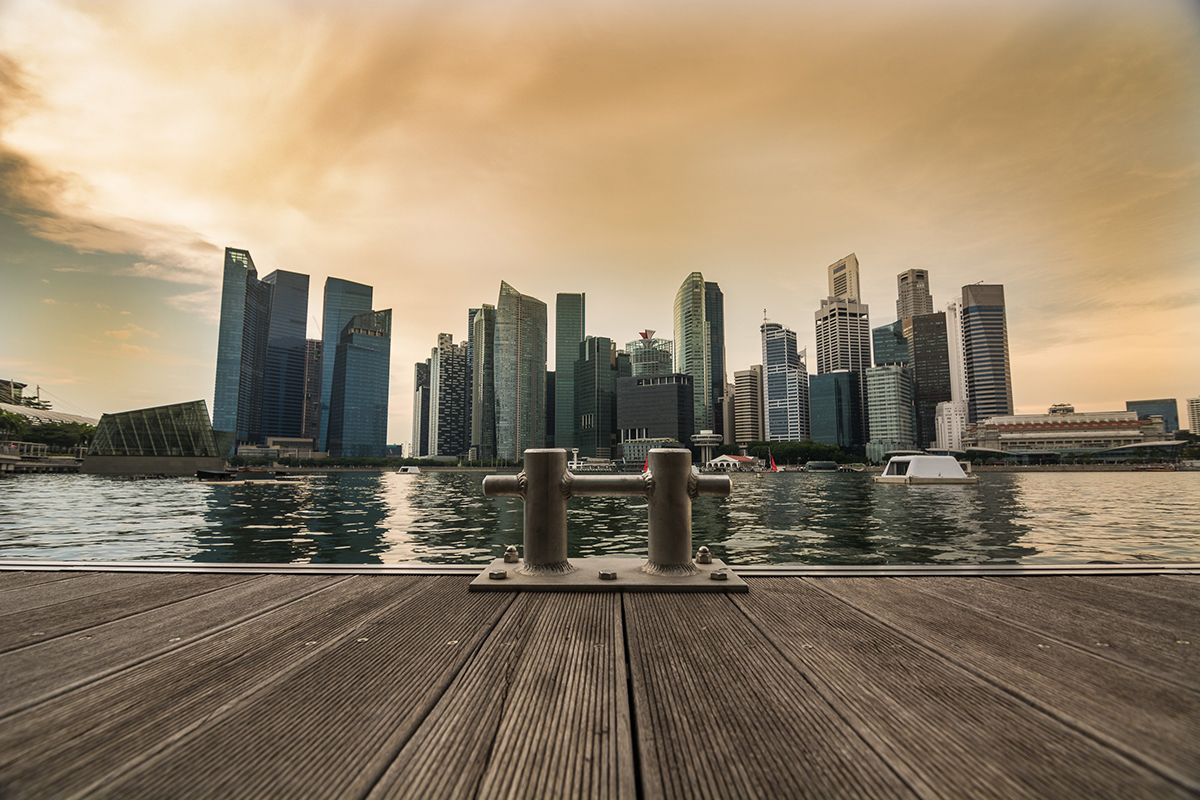
City-Industry Integrated Planning and Development in Singapore
By: Economic and Industrial Planning Team Dr Zhang Qingyu Director Shao Yong Senior Executive Planner Background City-industry integration is a central tenet of sustainable growth. By integrating diverse land uses, the elements of “industry” and “city” are to be well-balanced within a regional cluster. “Industry” refers to activities involving goods and services producing industries, while […]

The Belt & Road Initiative and What It Means for South East Asia
Launched five years ago, the Belt and Road Initiative (BRI) has mobilised much Chinese funds and State-Owned Enterprises (SOEs) to invest, construct and operate projects in South-East Asia (SEA), South Asia, Central Asia and even further away in Africa. Given that infrastructure in many of these countries in these regions are under-invested, the BRI represents […]

Energy & Petrochemical Parks – Creating Value Through Robust Land Leasing Approaches
BP recently reported[1] that in 2017, global primary energy consumption recorded a robust 2.2% growth rate, outpacing the 10-year average of 1.7% per year. Oil, coal, and natural gas remained the dominant fuel sources, together accounting for over 80% of all energy consumed whilst renewable power hit a new high but still modest 3.6% by […]
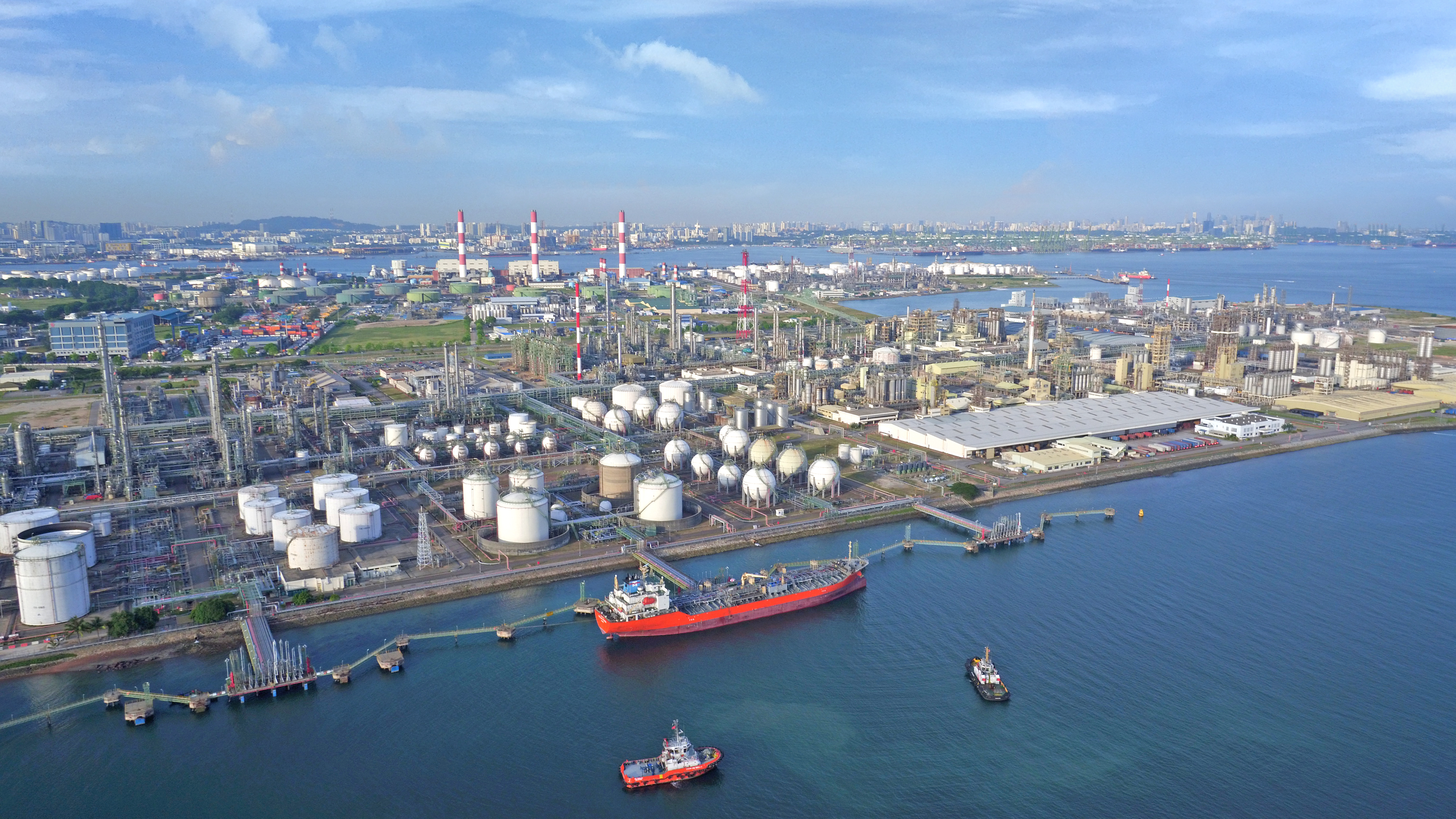
Creating a Petrochemical Hub – Vision versus Reality
The petrochemical industry is capital-intensive and has the potential to draw investments of multi-billion dollars. While the industry takes a significantly long period to develop, it also produces the highest economic returns and offers high value-add positions with good remunerations, compared to other sectors. Based on Exxon Mobil Energy Outlook 2018, the global population will […]

Structural Engineering – Getting Ready for the Future!
Structural Engineers are always in competition with the nature. Every creation has a co-relation with things that we see around us. A simple leaf shows how nature has provided each component its desired position and purpose. A leaf acts like a simple cantilever, the soffit of which is under compression. Figure 1a shows the leaves […]
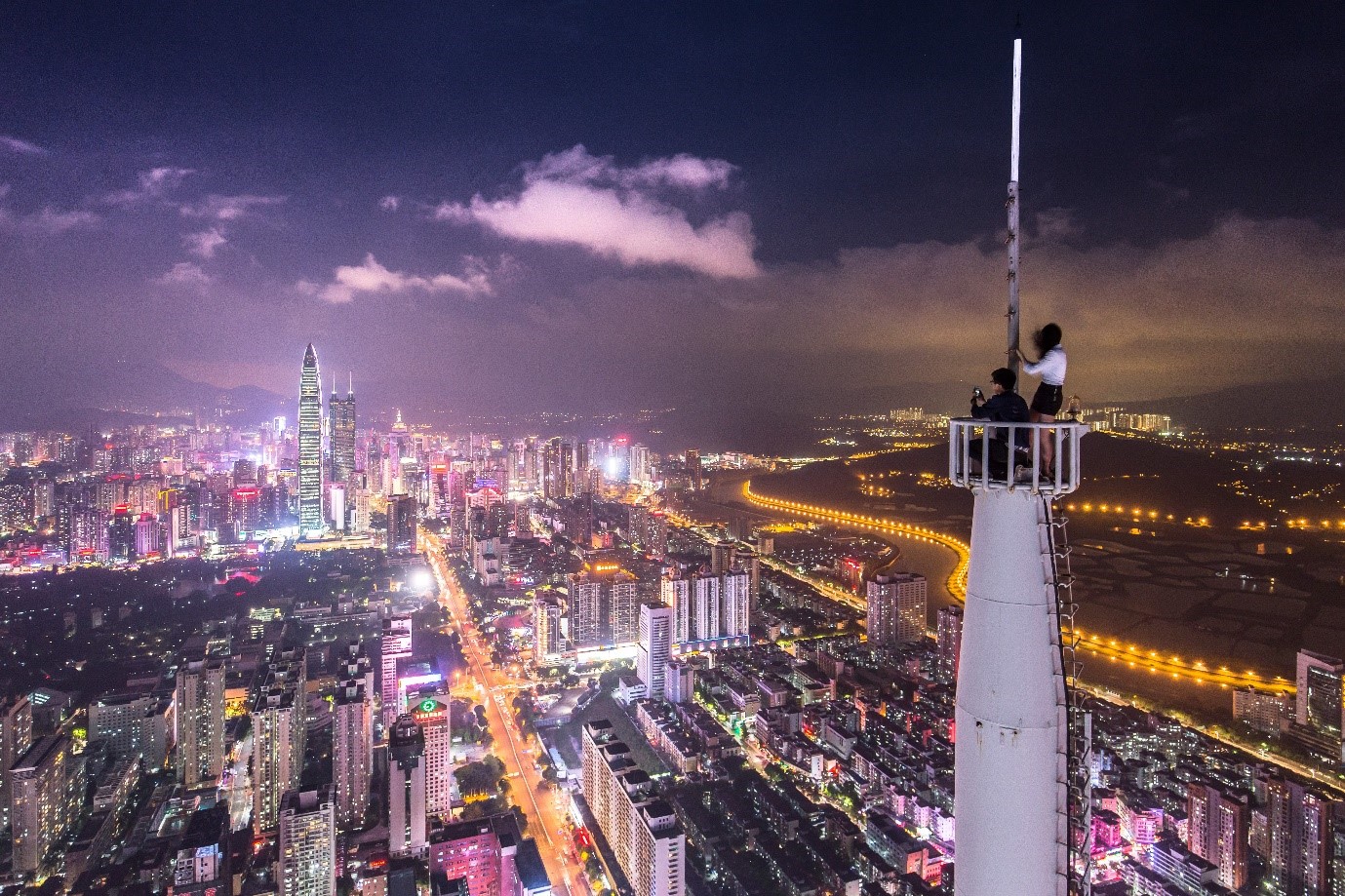
The Key Success Factors of Special Economic Zones
There are thousands of Special Economic Zones (SEZs), industrial parks, export processing zones and other similar areas globally. Some are successful in generating significant economic activities. But many are not. Why? I believe that ultimately there are 5 key success factors for SEZs and other industrial parks:- Clear Objectives; Bold Policy Innovations; Good Locations; Customised […]
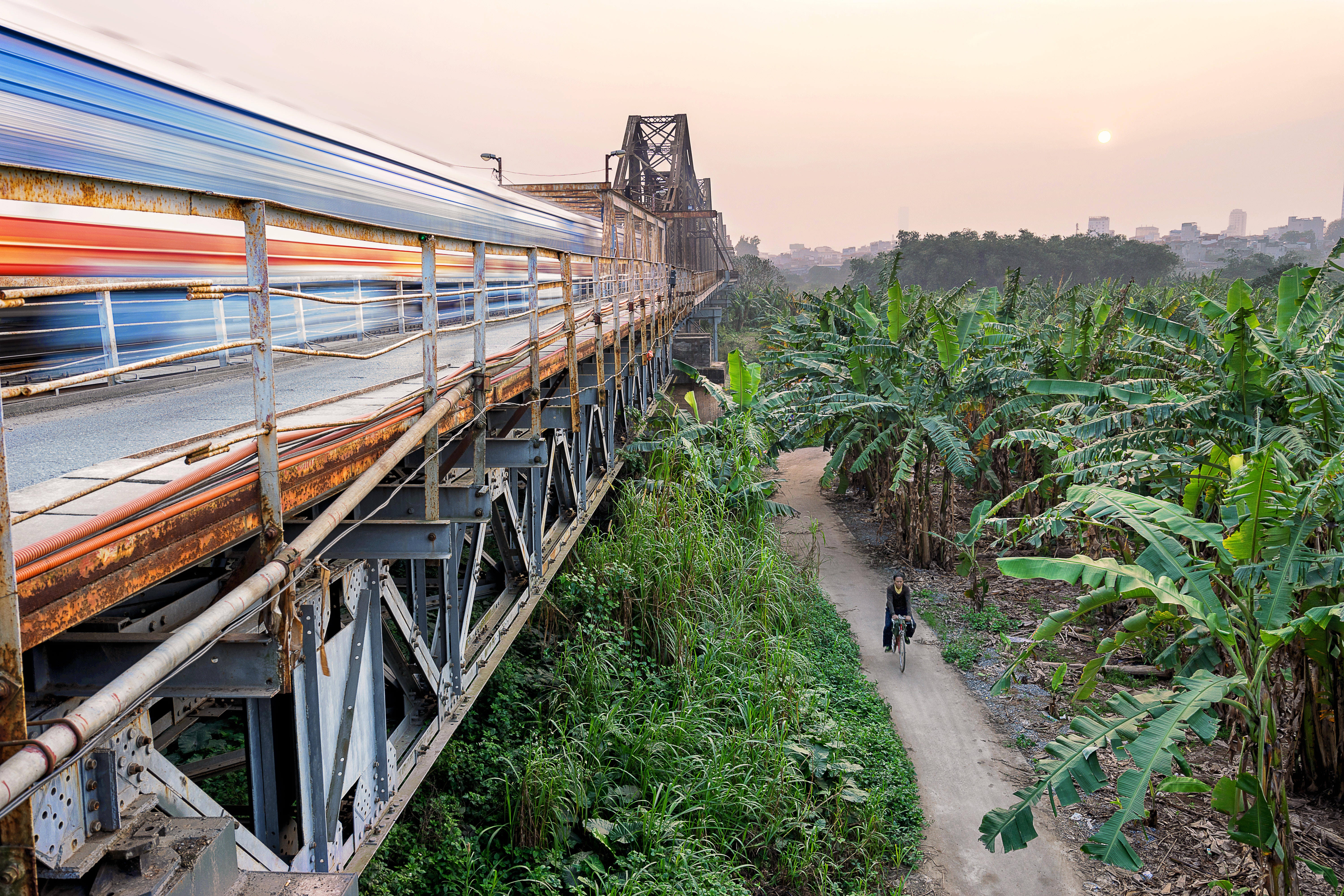
Persistent Under-development of Infrastructure – How Can We Solve It?
Many infrastructure developments around the world fall into a state of unfulfilled excess demand and derelict, due to improper planning. Teo Eng Cheong, CEO (International), discusses the importance of developing an Infrastructure Roadmap, and what various stakeholders need to look out for when planning for such huge project investments. Introduction By all measures, the demand […]

High Rise, High Density Complexes – The Future of Singapore’s Industrial Landscape?
Multi-level industrial buildings are commonly found in land-scarce countries. They are developed in response to high industrial land prices and rents, and suit tenants whose operations have higher throughput volumes.
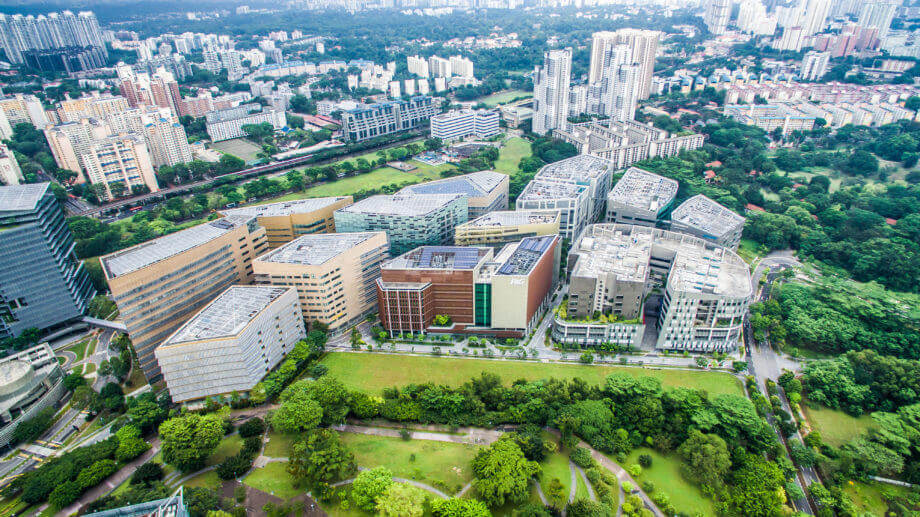
Surbana Jurong’s Journey into one-north
Twenty years ago, Singapore set out a daring ambition: to build on its position as South East Asia’s premier global trading center and establish itself as a world leading knowledge hub. Throughout this journey, Surbana Jurong’s expertise has helped to guide the project from vision towards reality.
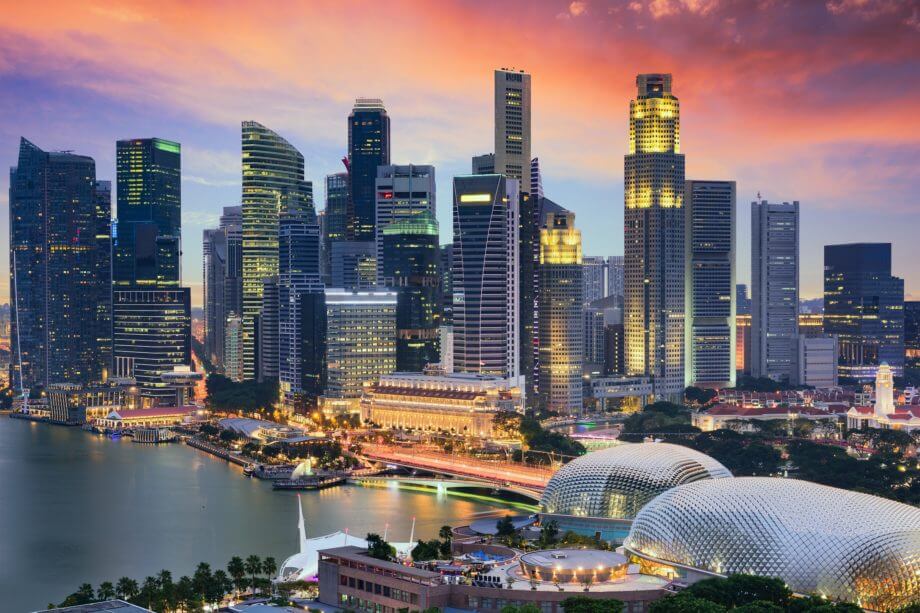
Making Cities Liveable
As the global population rises and increasingly lives in urban environments and megacities, planners and designers are being challenged to create and maintain a high quality of life for citizens. But liveable, sustainable cities can be a part of the future, if we focus efforts on the fundamental objectives.

Tackling The Urban Mobility Challenge
The motor car has transformed lives around the globe by providing affordable and rapid personal transport to the masses. But its success has come at a cost in terms of congestion, pollution and impact on the planet.
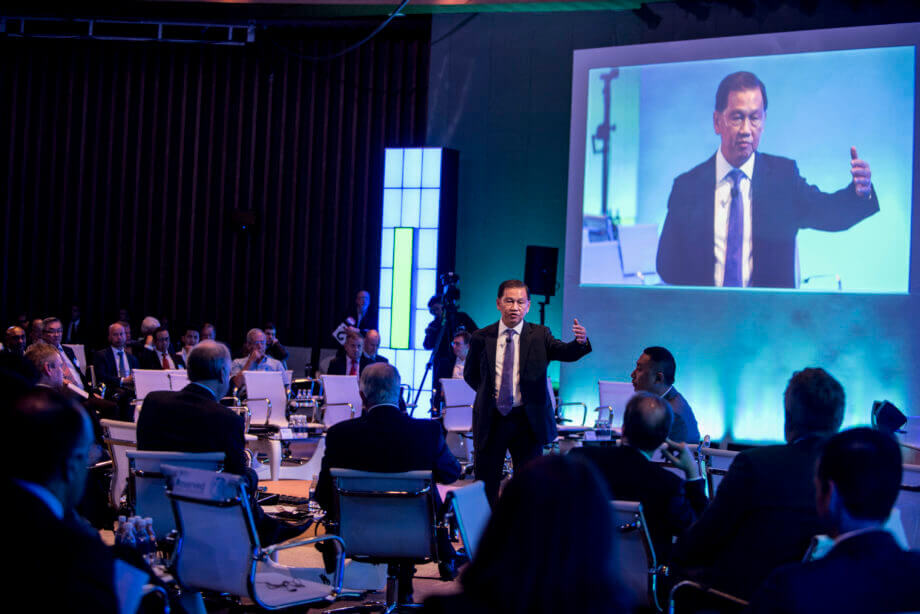
To View ‘One Belt One Road’ from A Geo-economy Perspective
Proposed by China in 2013, “One Belt One Road” and now renamed the “Belt and Road Initiative” (BRI) is a global economic plan to create regional connectivity through infrastructure development and promote world trade and economic growth.
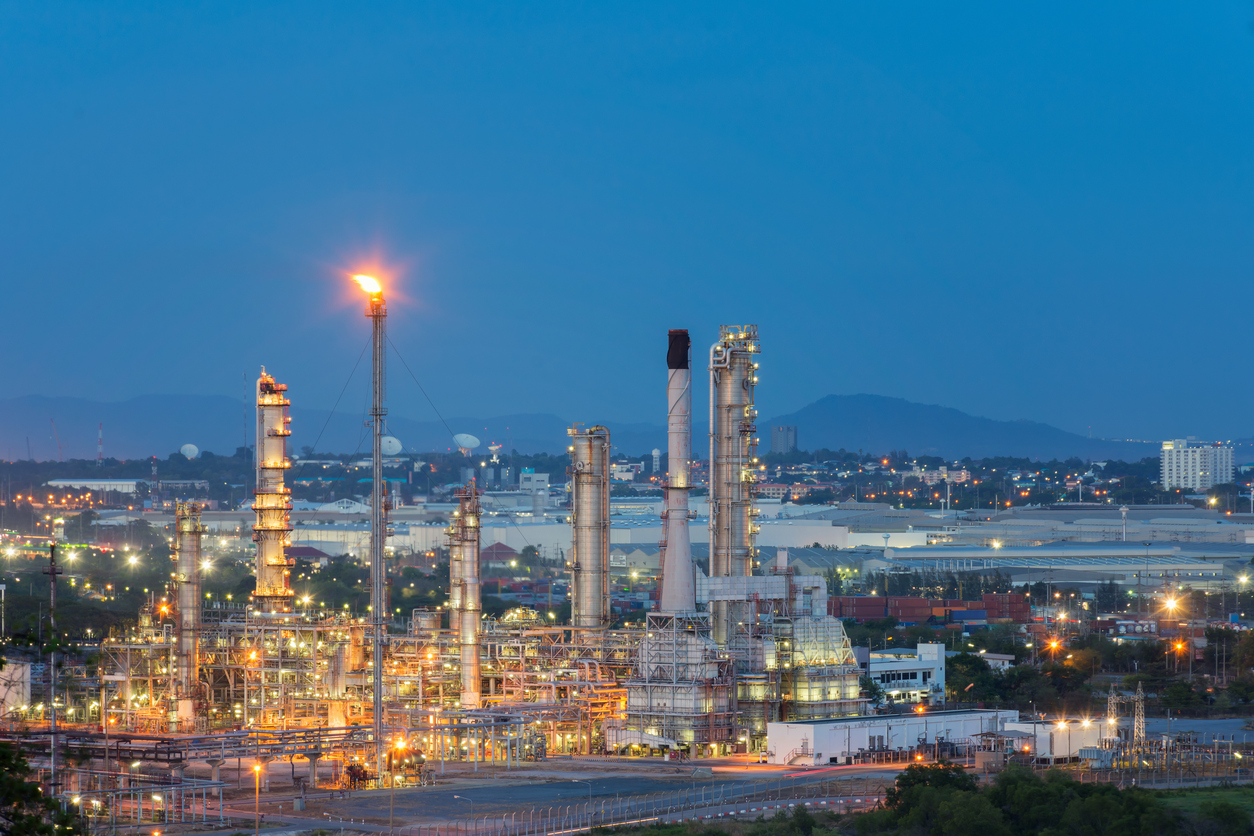
Jurong Island: What It Takes to Achieve A World-class Petrochemicals Hub
The stellar success of Singapore’s Jurong Island Chemical Hub can be attributed to clever land utilisation, adaptability to volatile markets and adequate attention to safety and security

整体性的安全- 亚洲随工业4.0复兴的成功关节
盘古开天至工业大革命, 亚洲一直是经济与科技的中心点。单单是宋代的中国就占了世界的生产总值的80%。
然而18世纪工业大革命之后,西方国家通过科技创新, 在经济和生活素质上迅速地超越了亚洲。
二战后, 亚洲国家的经济与科技摆脱了封建的包袱,先后改革。现在也有望回复昔日的领先地位。根据亚洲发展银行 的估计, 在2050年,亚洲其中有30亿人口可享有西欧目前的生活水平; 亚洲的生产总值也能达到全球的50%。


